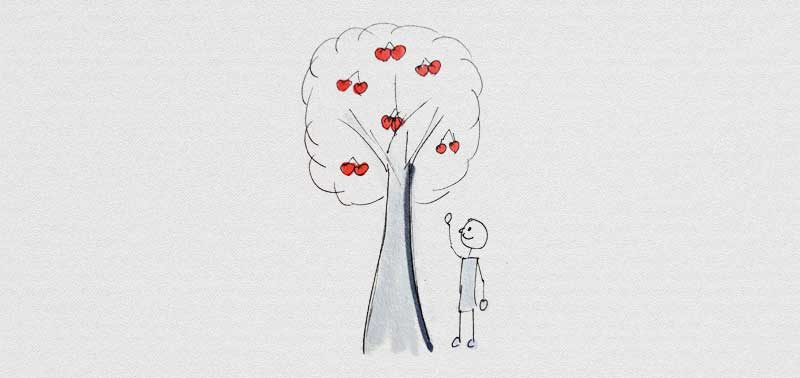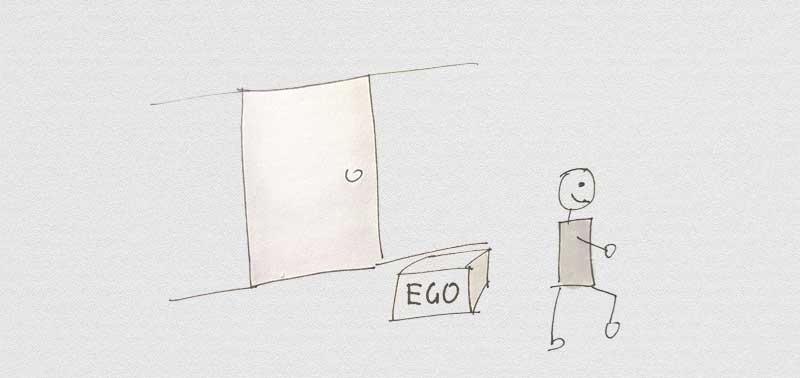
Confirmation bias is one of the most dangerous cognitive biases that can affect our design research. It’s the tendency to search for or interpret information in a way that confirms your expectations.
Remember when we were kids and we believed that Santa Claus was responsible for delivering presents under the Christmas tree? As a child, there appears to be lots of evidence that Santa is responsible for presents magically appearing under the tree each year. That bite taken out of the cookies, and the empty glass of milk.
Bias is unavoidable, but being a good researcher and designer is about understanding inherent biases and how we can minimise their effects. Here are three bite-sized tips on how you can overcome confirmation bias in your research.
Tip 1: Don't cherry pick your data
When it comes to interpreting research results, factors like internal politics, personal goals or simply lack of knowledge can turn into a cherry picking exercise, where we may consider some results and ignore others. This affects the narrative that we share with our stakeholders, which in turn can affect the outcomes of our project.
Tip 2: Aim to disprove your hypothesis
Aim to disprove your hypothesis, not just prove that you’re right. It’s easy to find information that proves your hypothesis is correct, but it's much harder to find information to disprove your hypothesis. We should take comfort in finding information that disagrees with us, as our understanding of the problem space tends to grow more from disagreement than confirmation. Seek information from a range of sources and consider a range of perspectives.
Tip 3: Park your ego at the door
Confirmation bias is often about ego - we hate to be wrong and we generally want other people to validate our position. Finding out that you’re wrong and being able to act on it is particularly difficult, which leads people to restrict how they process new and/or conflicting information. By parking our ego by the door, we learn to approach life with an open mind and to think more deeply about the world around us.




